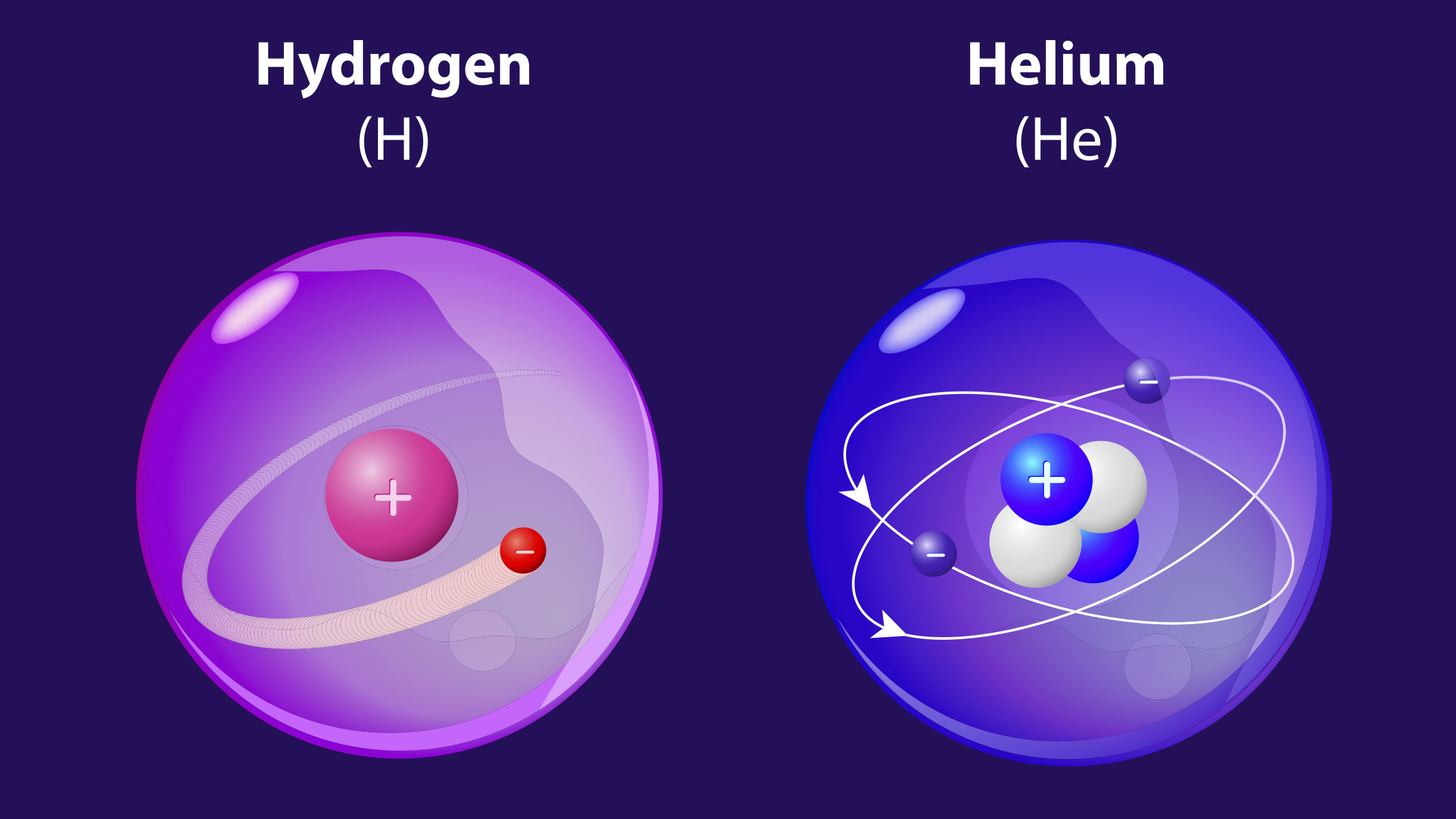Fusion experiment breaks record, blasts out 10 quadrillion watts of power

Scientists used an unconventional method of creating nuclear fusion to yield a record-breaking burst of energy of more than 10 quadrillion watts, by firing intense beams of light from the world's largest lasers at a tiny pellet of hydrogen.
Researchers at the Lawrence Livermore National Laboratory in Northern California said they had focused 192 giant lasers at the National Ignition Facility (NIF) onto a pea-size pellet, resulting in the release of 1.3 megajoules of energy in 100 trillionths of a second — roughly 10% of the energy of the sunlight that hits Earth every moment, and about 70% of the energy that the pellet had absorbed from the lasers. The scientists hope one day to reach the break-even or "ignition" point of the pellet, where it gives off 100% or more energy than it absorbs.
The energy yield is significantly larger than the scientists expected and much greater than the previous record of 170 kilojoules they set in February.
Related: Science fact or fiction? The plausibility of 10 sci-fi concepts
The researchers hope the result will expand their ability to research nuclear fusion weapons, the NIF's core mission, and that it could lead to new ways to harness energy from nuclear fusion — the process that powers the sun and other stars. Some scientists hope that nuclear fusion could one day be a relatively safe and sustainable method for generating energy on Earth.
"This result is a historic step forward for inertial confinement fusion research, opening a fundamentally new regime for exploration and the advancement of our critical national security missions," Kim Budil, the director of Lawrence Livermore National Laboratory, said in a statement.
Giant lasers
Modern nuclear power plants use nuclear fission, which generates energy by splitting the heavy nuclei of elements like uranium and plutonium into lighter nuclei. But stars can generate even more energy from nuclear fusion, a process of smashing together lighter nuclei to make heavier elements.
Get the world’s most fascinating discoveries delivered straight to your inbox.
Stars can fuse many different elements, including carbon and oxygen, but their main energy source comes from the fusion of hydrogen into helium. Because stars are so large and have such strong gravity, the fusion process takes place at very high pressures within the star.
Most Earthbound efforts to generate energy from fusion, such as the giant ITER project being built in France, instead use a doughnut-shaped chamber called a tokamak to confine a thin plasma of hot, neutron-heavy hydrogen inside strong magnetic fields.
Scientists and engineers have worked for more than 60 years to achieve sustainable nuclear fusion within tokamaks, with only limited success. But some researchers think they will be able to sustain fusion in tokamaks within a few years, Live Science previously reported. (ITER is not projected to do this until after 2035.)
The method developed at Lawrence Livermore National Laboratory is one of a few ways of achieving nuclear fusion without using a tokamak.
Instead, the NFI uses an array of laser-light amplifiers the size of three football fields to focus laser beams on hydrogen fuel pellets in a 33-foot-wide (10 meters) spherical metal "target chamber." These lasers are the world's most powerful, capable of generating up to 4 megajoules of energy.
The method was originally designed so that scientists could study the behavior of hydrogen in thermonuclear weapons — so-called hydrogen bombs — but scientists think it could also have applications for generating energy from nuclear fusion.

Fusion power
Although the NIF setup couldn't be used in a fusion power plant — its lasers can only fire about once a day, while a power plant would need to vaporize several fuel pellets every second — there are efforts to modify the process so that it can be used commercially.
Plasma physicist Siegfried Glenzer of the SLAC National Accelerator Laboratory at Stanford University, who previously worked at the Livermore facility but was not involved in the new research, told The New York Times that scientists at SLAC are working on a lower-powered laser system that could fire much more rapidly.
Glenzer hopes energy from nuclear fusion will become prominent in the efforts to replace fossil fuels, which have been dominated by solar energy and other technologies in recent years. "This is very promising for us, to achieve an energy source on the planet that won't emit CO2," he said in the Times article, referring to the greenhouse gas carbon dioxide.
Physicist Stephen Bodner, who formerly headed laser plasma research at the Naval Research Laboratory in Washington, D.C., but is now retired, is critical of some details of the NIF's design. But he admits he is surprised by the results, which approached the "ignition" of the pellet — the point where it emits as much or more energy than it absorbed. "They have come close enough to their goal of ignition and break-even to call it a success," Bodner told the Times.
Although Bodner favors a different design, "it demonstrates to the skeptic that there is nothing fundamentally wrong with the laser fusion concept," he said. "It is time for the U.S. to move ahead with a major laser fusion energy program."
Originally published on Live Science.
Editor's note: The headline of this story was updated to indicate that "watts" are a unit of "power" not "energy."
Tom Metcalfe is a freelance journalist and regular Live Science contributor who is based in London in the United Kingdom. Tom writes mainly about science, space, archaeology, the Earth and the oceans. He has also written for the BBC, NBC News, National Geographic, Scientific American, Air & Space, and many others.
